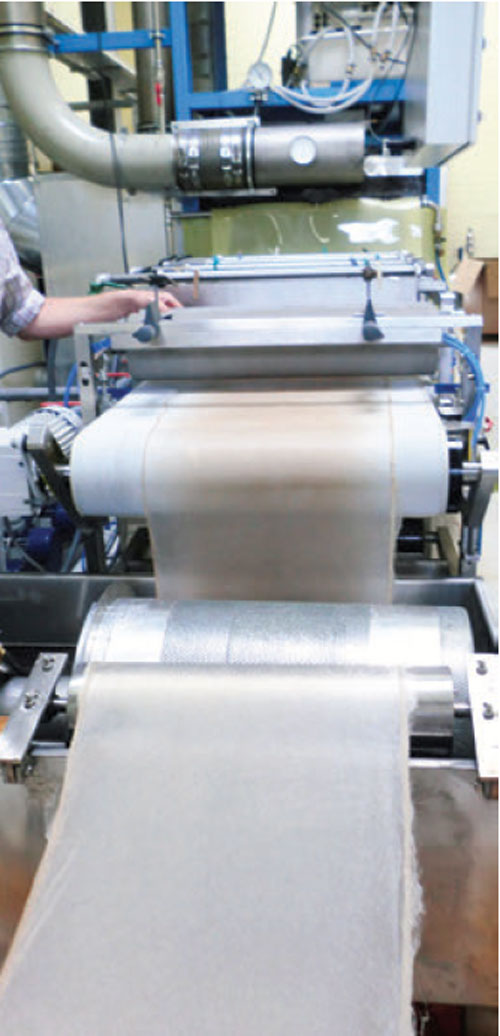 One might say that the industrial raw-material was coal in the 19th century, oil in the 20th century and will be cellulose in the 21st century.
One might say that the industrial raw-material was coal in the 19th century, oil in the 20th century and will be cellulose in the 21st century.
Cellulose is of natural origin from wood or other plants. It may serve for eating, clothing and heating. The first manmade fiber of economical importance was Viscose or Rayon on this basis, which nearly was replaced by synthetic fibers, beginning in the 1930’s. It recovered recently, though from a low level. The reason is not only that they are from renewable resources, but in contrast to the oil-based fibers like PP, PE, PET, PA and others they are biological degradable, compostable. In the modern term: sustainable. In times of increasing oil price cellulose fiber products for textiles, hygiene, medical and other end uses have a high advantage on synthetics as they absorb and retain moisture, are comfortable to wear, pleasant at human skin. The feedstock pulp for cellulose fibers is available in abundance, but it takes some efforts and costs to make a spinning dope in solving the cellulose, e.g. to an aqueous Lyocell solution. The solvent is NMMO and has to be recovered by water evaporation and redressed for new use. Investment and energy consumption to this process section take a high amount of the manufacturing costs. This seems to be the main reason that nonwovens for wipes, hygiene and medical products from cellulose only are at the beginning to come up.
Nanoval Process
NANOVAL has developed a spinning process in which continuous filaments are spun from orifices, normally holes, and split-up from the exiting liquid monofilaments into a multitude of finer filaments. This effect occurs less by drawing than by shear forces of an accompanying air flow, inducing a pressure into the monofilaments until they burst, breaking up the outer skin, the sheath. From one spin-hole several, up to more then 100 single finer filaments are generated. This effect still is surprising to the fraternity of fibermakers, as spinning always is done by attenuating, whether by the spinning wheel or from melts or solutions. NANOVAL process can handle both of them, always at the tendency to finer fibers due to the splitting effect. A first NANOVAL plant for spunlaid cellulose nonwovens according to this splitfiber technology is operated in the institute TITK in Rudolstadt at Schwarza, a place also called `the cradle of German synthetic fiber industry’. They perform the spindope at a LIST reactor and recover the solvent NMMO. The cellulose coagulates in the split filaments, and the solvent has to be washed out with water, shown in the photo of this section of the 30 cm wide pilot-line. It demonstrates the NANOVAL process for cellulose spunlaid nonwovens and can deliver web samples.











